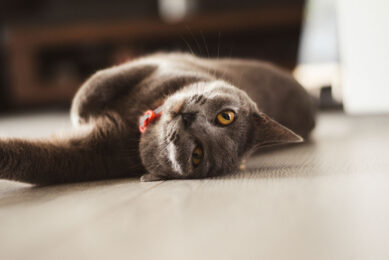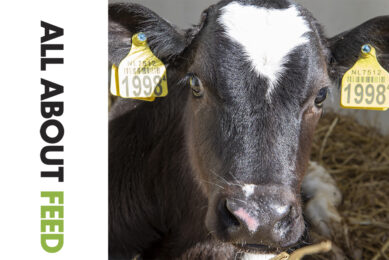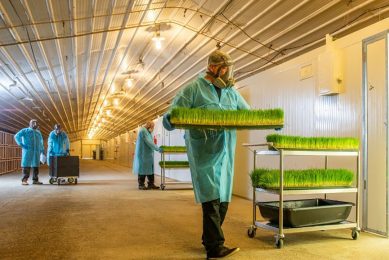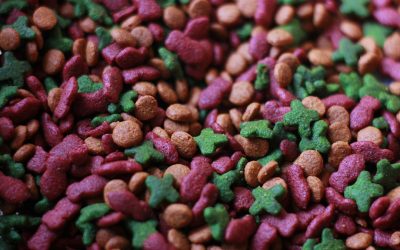Pets are better off than real family
Pets – especially dogs and cats – have become full members of the family nowadays. They are treated like a child and fed likewise with kibbles, treats, lactose free milk and what have you. Money is not an issue. However, when the family meal is bought in the grocery store, the wallet is deciding what’s going to be on the table for diner. I’ve been born and raised on a farm and I find that weird. Our dog was to guard the farm and our cats were to catch mice. How things have changed. Pet food is big business.
If you consider that the annual global turnover in pet food is around $45 billion or € 33.6 billion and that the top 5 pet food manufacturers take two-thirds of this it is clear that pet food is big business.
Pet foods are mainly known by their brand names, since the best known brands come from giant food or retail companies. Would you link a Mars bar with a dog biscuit, or a shampoo with kitten milk?
If you call something food instead of feed margins go up. Pet food companies ride a tidal wave since pets have become members of the family.
Convenience and health
Last year alone more than 3,000 new food products for cats and dogs were introduced to the market. People do not want to feed table scraps to their pet, but also do not want to cook a meal for them. Convenience has become an issue and since obesity is also occurring among pets health is another topic that pet food manufacturers look into.
The largest pet food manufacturer in the world is Mars, and based in the US. I counted 53 different brands of pet food on their corporate site, but the best known brands are Pedigree, Cesar, Sheba, and Whiskas. After the purchase of Royal Canin and with sales of app. €8.8 billion this family owned company is now market leader.
Mars surpassed Switzerland based Nestlé, which is selling pet foods annually for app. €8.16 billion. Biggest names here are Purina, Beneful and Friskies.
Third are Colgate-Palmolive and Procter & Gamble (both US) each with turnover of just over or under €2.25 billion. C-P is well-known for its Hill’s Pet nutrition name and P&G markets the Iams and Eukaneuba brands.
Fruit packer Del Monte (US) completes the top 5 with a annual turnover in pet food of €1.08 billion euros and top brands Meow, Kibbles n’ Bits, 9Lives, Meaty Bone.
Branding Utopia
What Utopia would this kind of branding and this kind of sales turnover be for farm animal feeds? Just think of premium pig feeds, super grow poultry feeds or max-milk dairy feeds.
But, since livestock feed manufacturers sell their products mostly in relatively short distance from the feed processing plant and at much higher volumes per customer, branding only takes place on a factory level.
Only with specialties, such as feeds for young animals, branding can be successful. These feeds are then sold to farmers or distributors on a more national or even global scale.
An area that could be successful for branded products is organic animal production.
Disadvantage is that organic meats and other products have to compete with ‘regular’ produced commodities and that the extra margin often not reaches the primary producer in full.
Organic producers simply do not have enough market power to achieve this.
Organic produce also has to compete with products of fair trade and products of regional origin and that is a tough job.
It is no surprise that organic organisations in the UK have asked for a little rule-bending, so that they can use cheaper commercial feeds and can stay in business.
I keep on wondering why consumers do not want to spent extra money to buy quality foods, but purchase the most exquisite pet foods for their surrogate family member without a blink of the eye.
Sometimes I question myself who is better off in the family, the dog / cat or the child.
Join 26,000+ subscribers
Subscribe to our newsletter to stay updated about all the need-to-know content in the feed sector, three times a week. Beheer
Beheer









 WP Admin
WP Admin  Bewerk bericht
Bewerk bericht